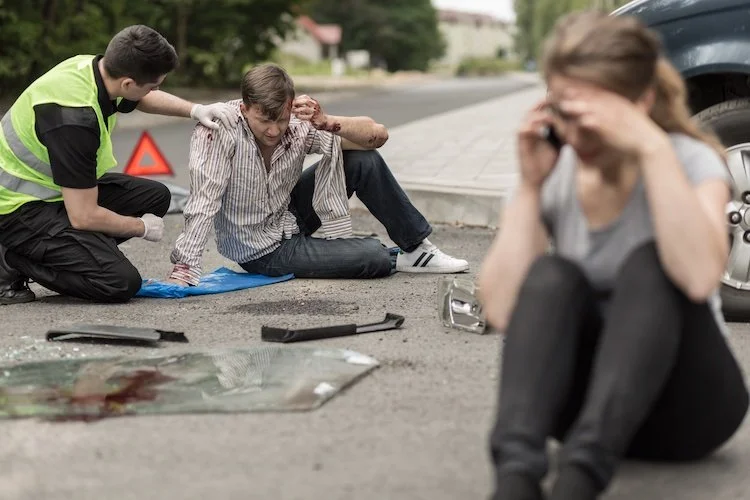DRSABCD: What It Stands For & Why It Saves Lives
When someone collapses or is seriously injured, panic can take over. That’s why having a simple, step-by-step plan can make all the difference. In First Aid, that plan is called DRSABCD—a tool that helps you stay calm and act quickly in an emergency.
At Coastal Training College, we teach DRSABCD in our nationally recognised first aid courses, like HLTAID009 - Provide CPR and HLTAID011 – Provide First Aid. Whether you’re at home, at work, or out in the community, this action plan can help you save a life.
So, what does DRSABCD mean?
It’s a six-step guide you follow when someone is hurt or unconscious. Here’s what each letter stands for:
D – Danger: Check the area for any dangers to yourself, the person, or bystanders. Don’t rush in—make sure it’s safe first.
R – Response: Try to get a response. Talk to the person. Gently shake their shoulder and ask, “Can you hear me?” If there’s no response, move to the next step.
S – Send for help: Call 000 straight away or ask someone nearby to do it. The sooner help is on the way, the better.
A – Airway: Gently tilt the person’s head back and check if their airway is clear. If there’s something blocking it, carefully remove it.
B – Breathing: Look, listen, and feel for breathing. Is their chest rising? Can you hear or feel air coming out? If they’re not breathing normally, it’s time to start CPR.
C – CPR: Start chest compressions. Push hard and fast in the centre of their chest—about 100 to 120 compressions per minute. If you’ve been trained, give two breaths after every 30 compressions.
D – Defibrillation: Use an AED (Automated External Defibrillator) if one is available. AEDs are easy to use—just turn it on and follow the voice prompts. Early defibrillation is critical in cardiac arrest situations.
Why DRSABCD matters
When someone is unconscious, their body isn’t protecting itself. They might stop breathing. Their airway could be blocked. Without quick action, the situation can get worse—fast.
By following DRSABCD, you’ll know exactly what to do, in the right order. It helps you stay calm and gives the person the best chance of surviving until help arrives.
Learn First Aid – Be a Lifesaver, not a Bystander
At Coastal Training College, we teach DRSABCD and other life-saving skills in every first aid course. You don’t need to be a health worker or superhero. You just need to be ready.
📅 Book your course now
📍 Locations across the Gold Coast - see our locations page
✅ Workplace training - we send our trainers to you!

